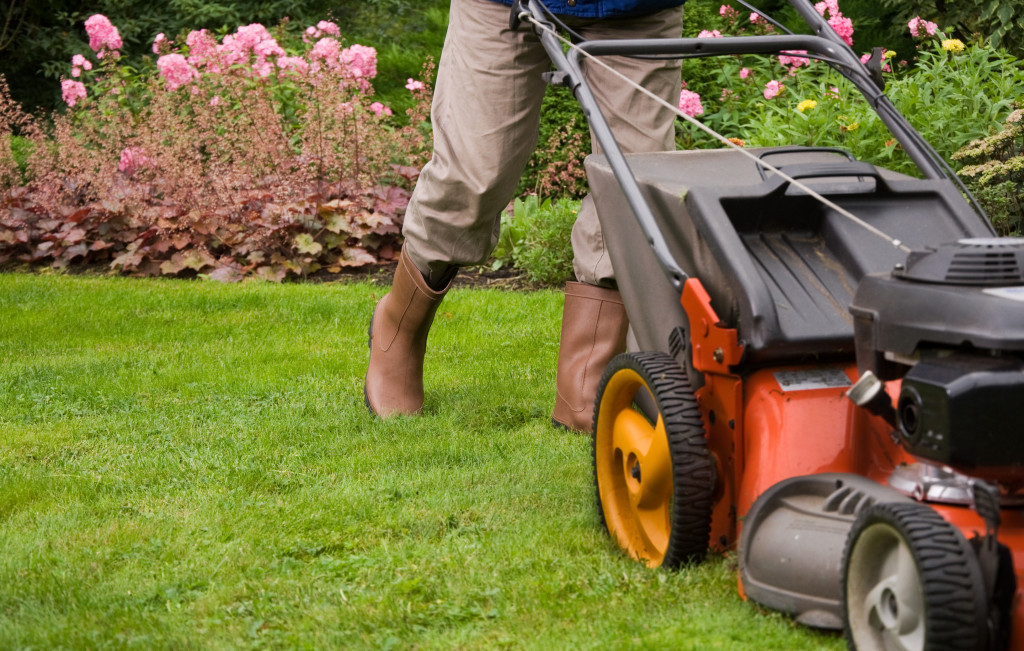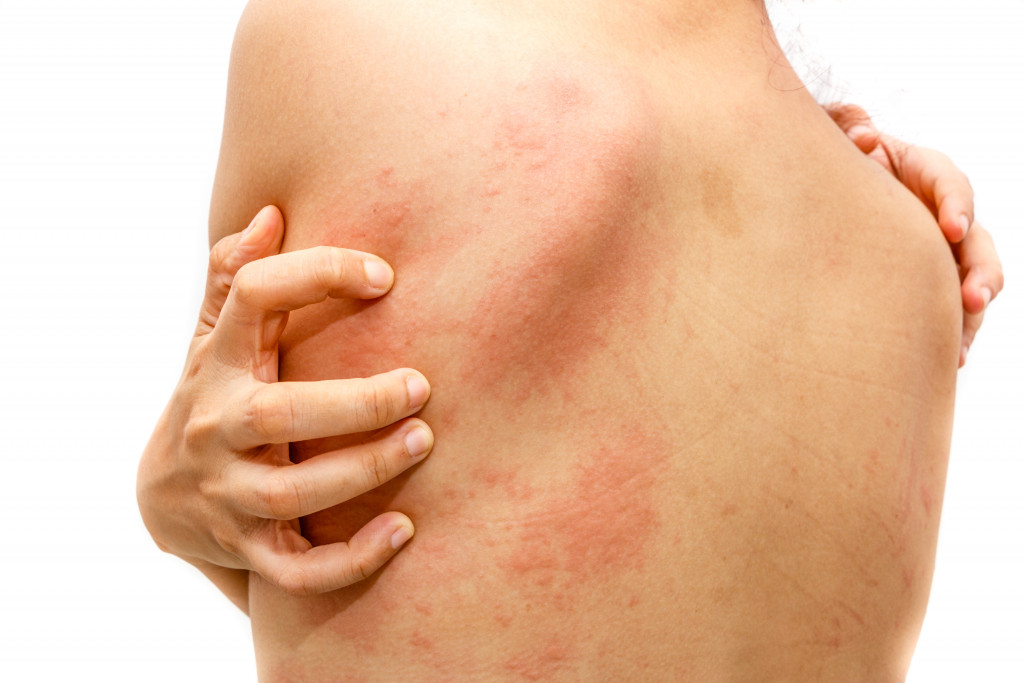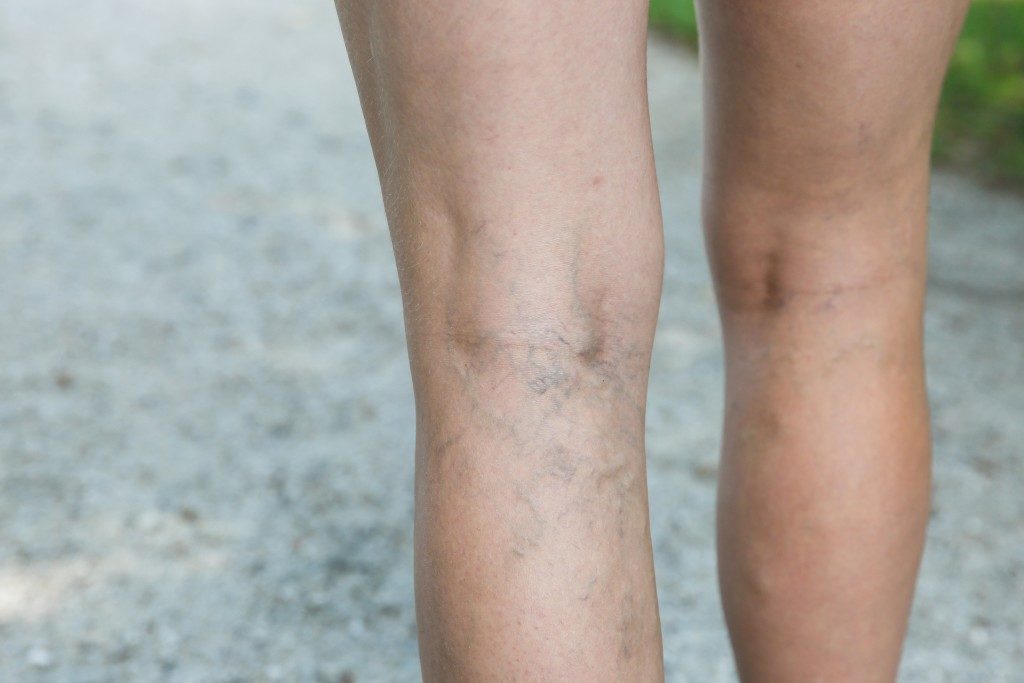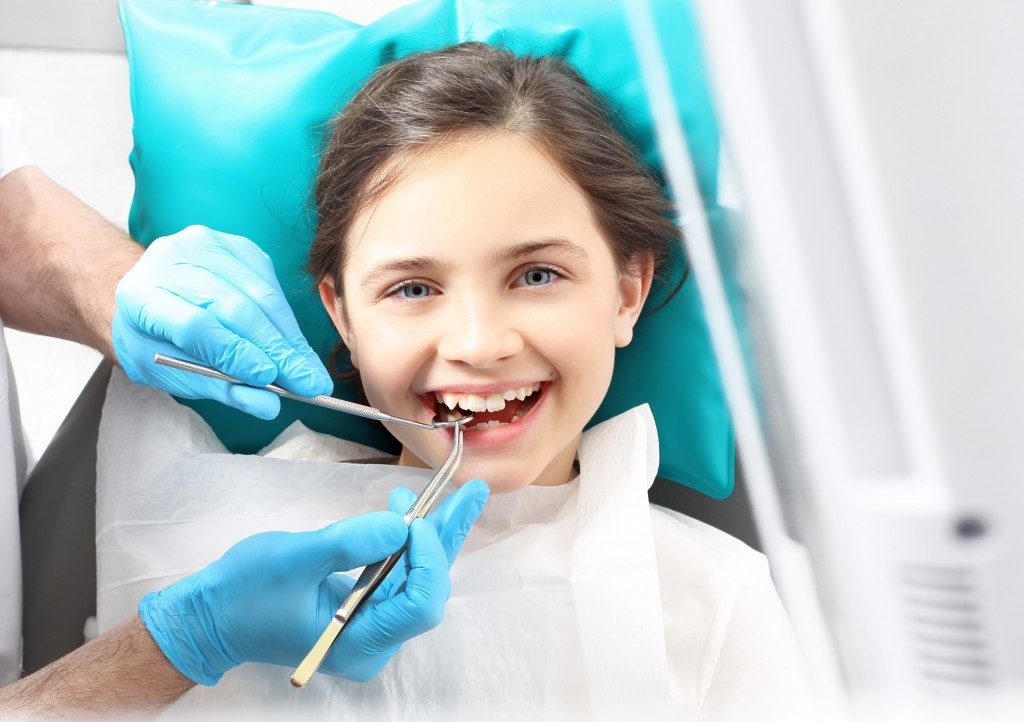- Children’s rash can be caused by skin irritation, allergies, viral or bacterial infections, genetic factors, and heat rash.
- Proper diagnosis and treatment from a doctor are required for an allergy-induced rash, while primary treatment for rash provoked by infections should be focused on the underlying illness.
- Genetic rashes cannot be managed by avoiding irritants or allergens; medical treatments like steroids or immunomodulators are needed.
- To avoid rashes, keep your lawn and your child’s skin clean, change bed linen regularly, and seek help from a doctor if the child’s rash isn’t improving.
As a parent, seeing your child experience a rash can be frustrating. It is uncomfortable and can also be a sign of an underlying issue. Rashes appear for several reasons, but the good news is that they are usually treatable.
What Are Rashes?
First, you need to know the basics of a rash. A rash is an area of irritated or swollen skin, often accompanied by redness and itching. Some rashes may also include bumps, blisters, small patches of dry and scaly skin, and other skin texture changes. Rashes can occur in various children because of various reasons. Here are some of those reasons:
Skin Irritation
One common reason for rashes in children is skin irritation. Several things, such as detergents, clothing, lotions, or exposure to certain chemicals, could cause this. It is always essential to ensure that what your child is coming into contact with is safe and non-toxic. To treat irritation rashes, you can minimize the child’s exposure to the irritant and use mild soaps and lotions when cleaning the affected skin. Moisturizing creams like petroleum jelly or coconut oil can help relieve the associated itching and help the skin heal soon.

Allergies
Allergies are another common reason why children may experience rashes. An allergy can occur when the immune system overreacts to pollen, dust mites, or certain foods. Rashes resulting from allergies may also itch but can cause other symptoms like watery eyes, runny nose, and breathing difficulty. In this case, proper diagnosis and treatment from a doctor are required. Your child’s doctor might prescribe oral antihistamines or topical creams to manage the rash, but if the allergy is severe, avoiding the allergen may be the only effective approach.
Viral or bacterial infection
Another reason for rashes in children is viral or bacterial infections. Examples include chickenpox, measles, and strep throat. These infections can initially produce symptoms like fever, cough sore throat accompanied by rashes—but may vary with the disease. Rashes stemming from these infections can look different and appear all over the body.
Cold compresses, oatmeal baths, and antihistamines can help to relieve the discomfort. But It’s important to note that in the context of an infection, the primary-treatment focus should be on the underlying illness.
Genetic Factors
Genetic conditions like atopic dermatitis, Eczema, or psoriasis can cause children to exhibit rashes on their skin. Such rashes are usually present in different forms, like dry and itchy patches and tiny red clusters of bumps.
Medical treatment is needed for genetic rashes because they cannot be managed by avoiding allergens or irritants. Prescriptions like steroids or immunomodulators help to inhibit the immune system from overreacting and causing rash flare-ups.
Heat Rash
In warm temperatures or if your child wears too many clothes, he or she can develop a heat rash. Heat rash appears as small, red, clustered blisters on the skin that may feel itchy. They usually occur in areas where the skin is warm and moist, like the neck, head, and underarms—all of which cause sweating that clogs the sweat ducts. Prompt cooling and remedies like calamine or hydrocortisone cream can help to reduce the rash’s visibility and lessen itching sensation.
How to Avoid Rashes
If you want your children to avoid the development of rashes, there are some steps you can take:

Keep Your Lawn Maintained
Your lawn can be home to various rashes-causing plants and weeds. Ensure you mow your lawn regularly and keep it weed-free to avoid contact with such irritants. If you don’t want to spend too much time doing this, consider hiring a lawn maintenance service. These services are well-equipped with the right tools and skill set to handle your lawn’s needs safely.
Keep Your Child’s Skin Clean
It is essential to keep your children clean—especially during the summer when they sweat a lot more. Frequently changing clothes can help reduce itchiness and skin irritation and add moisture to their skin with cream or lotion.
Change Bed Linen Regularly
Regularly changing bed sheets, pillowcases, and blankets can help keep your child’s skin healthy. This will help minimize dust mites and other allergens that could cause rashes.
Seek Help from a Doctor
If you think your child has a rash and isn’t improving, consulting a doctor is a wise idea. They can provide you with the best advice given your child’s specific health needs and help to identify the cause of the rash.
Overall, rashes in children can be concerning for parents, but identifying the type of rash and its cause is often half the battle. In some cases, avoiding allergens or irritants can be enough to manage a rash. However, if your child’s rash persists, it is best to seek medical advice from a trusted healthcare provider. Taking these precautions and following doctor’s orders will help you keep track of your child’s health and minimize any rash-related discomfort.




